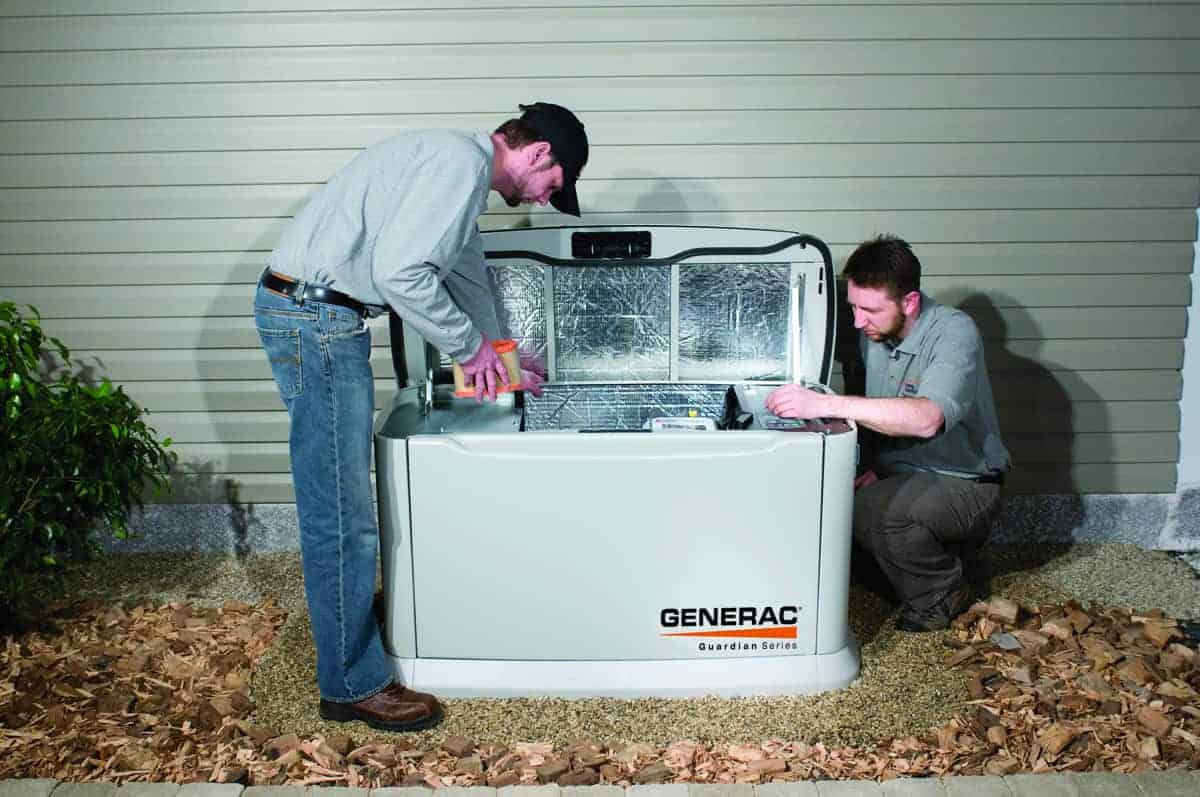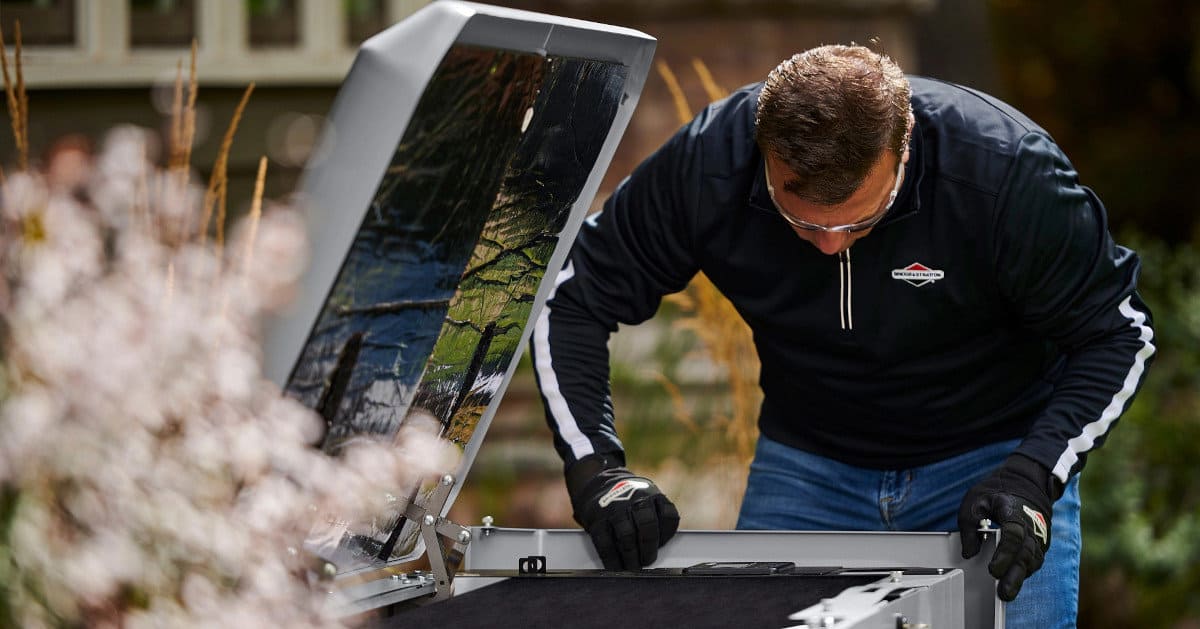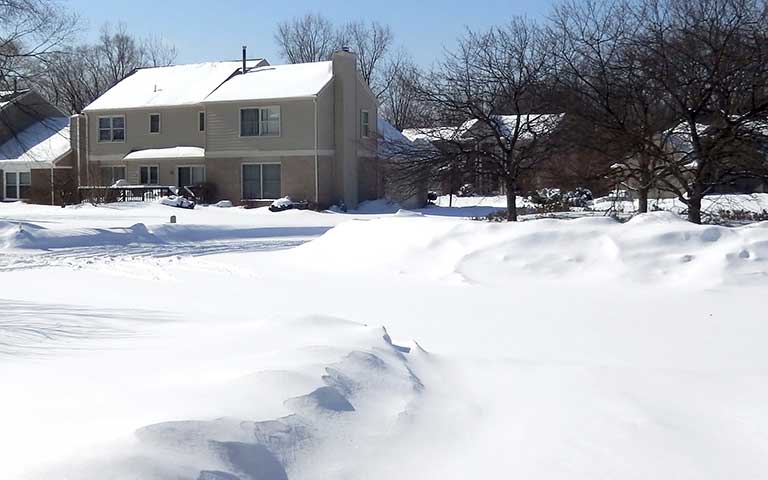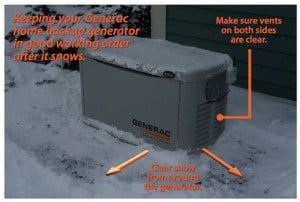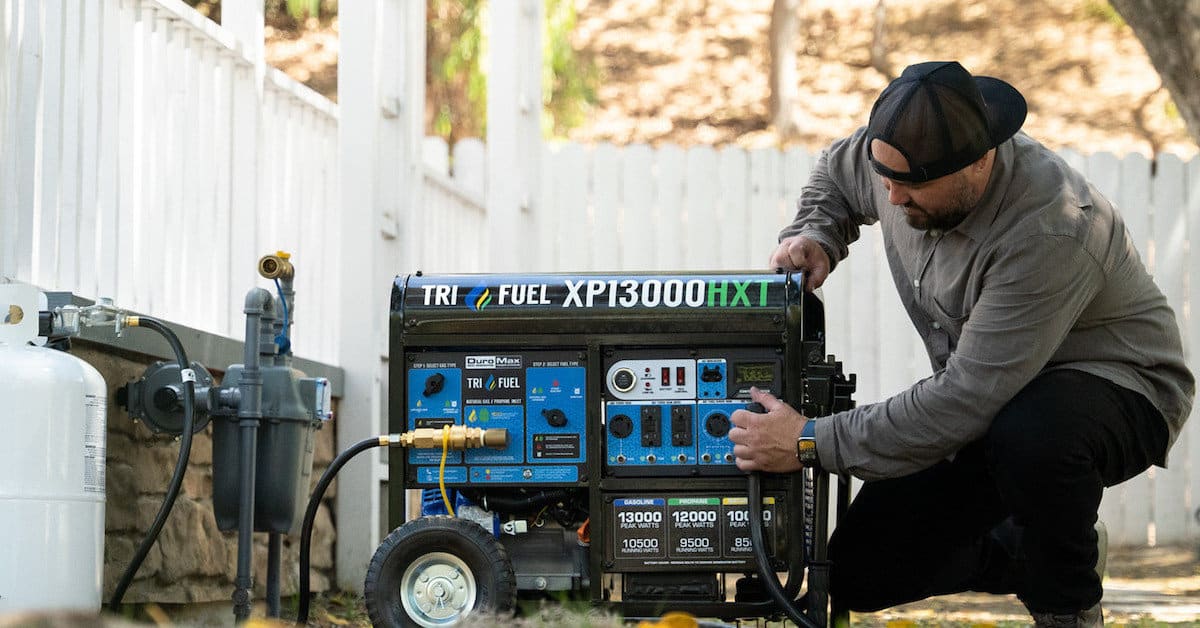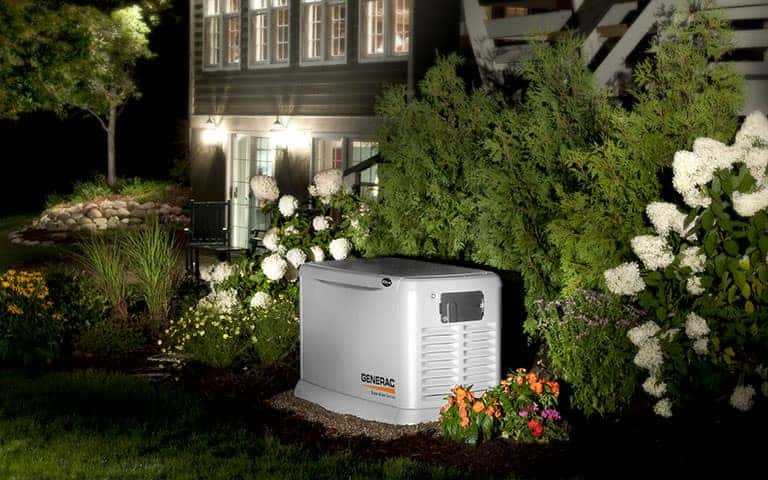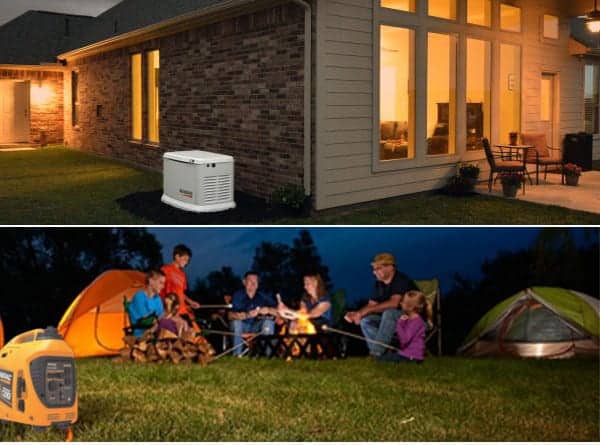Winter Prep for Your Home Standby Generator
Winter brings colder temperatures and everything from ice storms to blizzards. Even in warmer areas of the country, unusually cold weather is more common than people realize. Your standby or portable generator has to operate when you need it. In winter, that could mean starting and running reliably in sub-freezing temperatures.
Winter Storm Uri Cripples Texas 2021
Most engines do not start as easily when it is cold, and the engine in your generator is no different. Parts don’t move as easily because the oil is thicker and it takes longer for lubrication to reach all the moving parts. It is also harder to make the fuel burn efficiently and keep the engine running. Modern engines have seen great improvements in last few decades that make help them start easily and continue running after they start. Making sure your generator is in top condition and ready for winter cold will keep it ready when you need it.
Maintenance
Standby generators automatically start and run themselves for a short period even when they are not required. These ‘exercise ‘ cycles typically last less than ten minutes. Exercise cycles keep the engine lubricated and maintains the engine’s seals. It also allows the generator to test various components and send out an alert if they require attention.
A weekly exercise period isn’t necessary for a portable generator. However, it is important to run the engine occasionally. Once a month is a good schedule. Start it, let the engine warm up for a minute. Plug in load and let it run for another ten to fifteen minutes. Unplug the load for one minute, then turn the gasoline off and let the engine burn the gasoline in the carburetor. Running the carburetor dry prevents residue buildup that can block the tiny ports inside the carburetor or gum up moving parts.
Fall is a good time to schedule generator maintenance. Fresh oil, new filters and plugs, and other maintenance are no less important on your home generator than they are on the family car. They ensure easy generator engine starts in cold weather, especially when you need it most. That time is often in the middle of the night in the worst kind of weather.
Check your generator owner manual for the maintenance schedule. If it’s close to the hours for the next maintenance, perform it now. That way, if the power goes out in the middle of the night, you’re not worried about engine oil.
Clearance
Keep the area around your standby generator clear of leaves and debris. It is especially important that the air vents on the cabinet are not blocked by anything. When you clear snow after storm, make sure you also clear a path to the generator and clean the snow away from cabinet. Keep blowing snow from accumulating in drifts against the generator. If you’ve prepared properly, your portable generator connects to an inlet plug on the outside of your home, and you have chosen a location to place the unit when it is in use. Don’t forget to clear a path from the chosen location to the inlet plug when moving snow, and also keep a clear path to the location for the portable generator from your garage or shed.
A neighborhood blanketed in white as snow falls and adds to that already on the ground.
Cold Weather Operation
Most of the country experiences weather that falls below freezing. Cold weather kits and accessories help your generator engine start and warm up faster. Some cold weather accessories are easy to install, others are better left to a professional installer. In either case, installing the accessories now can prevent a problem from occurring when you least expect it.
Following Winter Storm Fatalities Caused by a Widespread Power Outage, FEMA issued a news release recommending that homeowners should consider a generator for backup power.
Cold lowers the ability of a battery to produce energy. By keeping the battery warm with a battery warmer, the battery produces more energy for more reliable engine starts.
Engine block heaters and oil heaters also provide more reliable starting in cold weather. Some manufacturers have other accessories such as alternator warmers that prevent frost buildup, and shields that keep ice from clogging air intakes.
Fuel Options
Most portable generators run on gasoline. Stale gas makes an engine hard to start, especially in cold weather. You can extend the life of your fuel by adding stabilizers. Follow the directions on the bottle but remember that you still have to use the fuel within a year.
A Dual Fuel Generator can run on Propane or gasoline. Tri-Fuel Generators can use propane, gasoline, or Natural Gas for their fuels. However, changing fuel types may change the available power capacity. Check the specification sheet and plan accordingly.
Rotate stored fuel supplies by using them in your car, snowblower, lawn mower, or other engine-powered machine. One good way is to empty a five-gallon can into your car, then take the can to the gas station with you and fill up both the car and the can.
By rotating one can of fuel every month, you can completely replace a 30-gallon fuel supply every six months.
A mid-size portable generator can power some important appliances like refrigerator, freezer, furnace, plus lights and conveniences. An 8000 Watt Generator Could use up to 6 gallons of gasoline every 8 hours. For one day of operation, you would store 18 gallons of gasoline. With a dual fuel model, using propane stored in a large tank could extend your run time into days instead of hours. Tri-Fuel models running on natural gas extend run-time indefinitely, but you still have to check the oil daily and keep up with routine maintenance.
Your generator is an important part of keeping your family and home safe during a power outage, and even more so in winter. Make sure your generator is ready to run when you need it most.
Updated December 22, 2022

